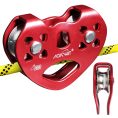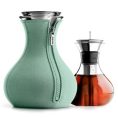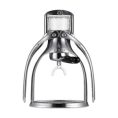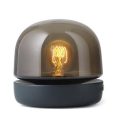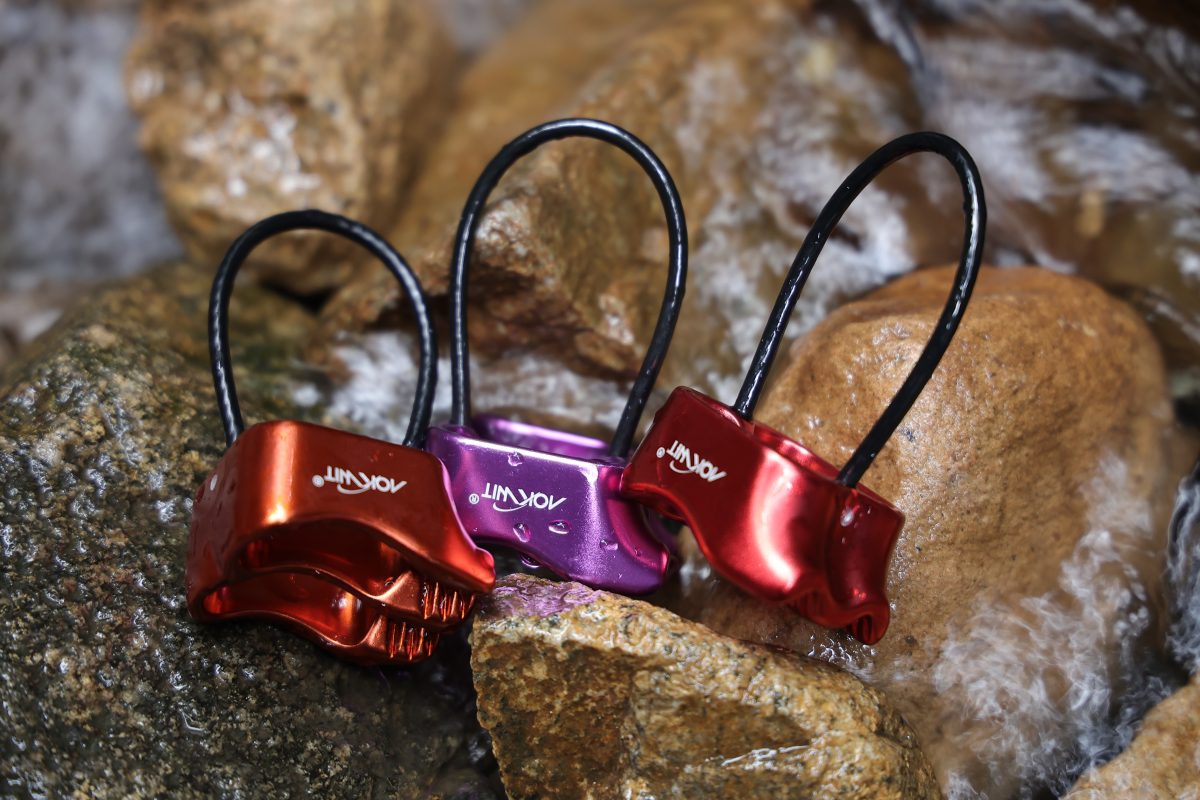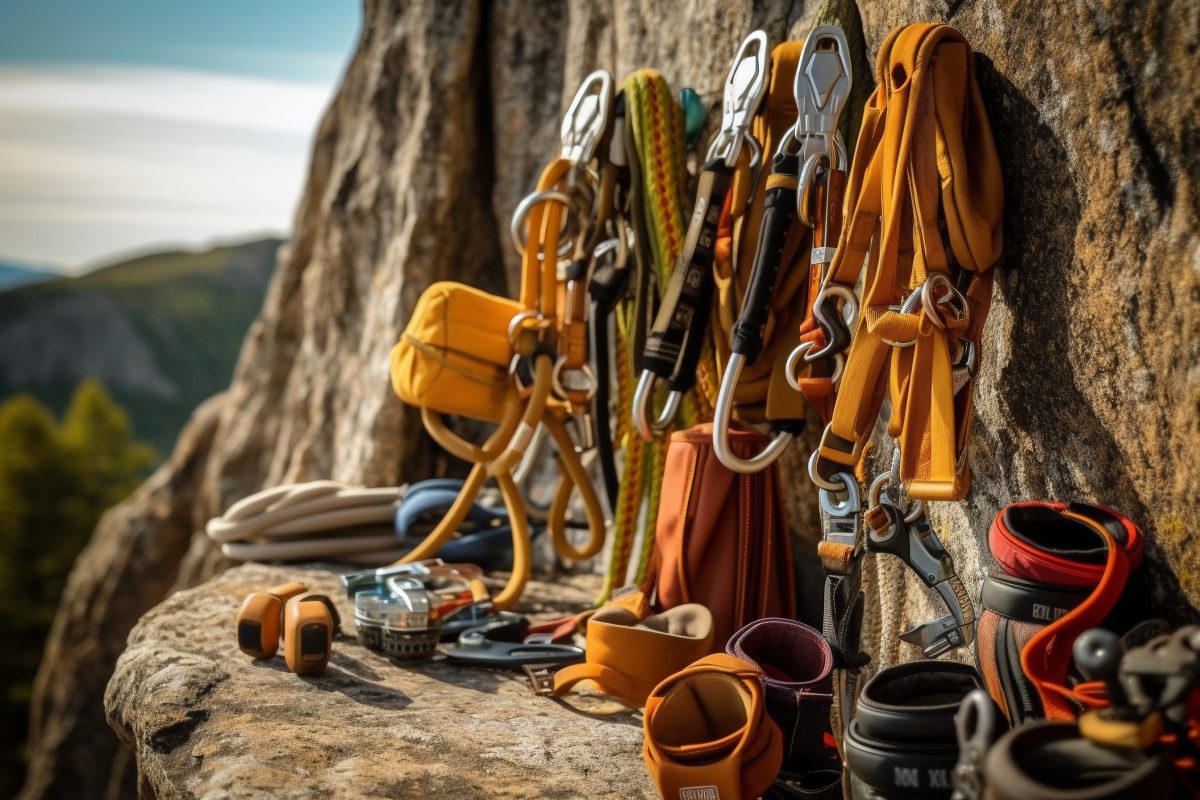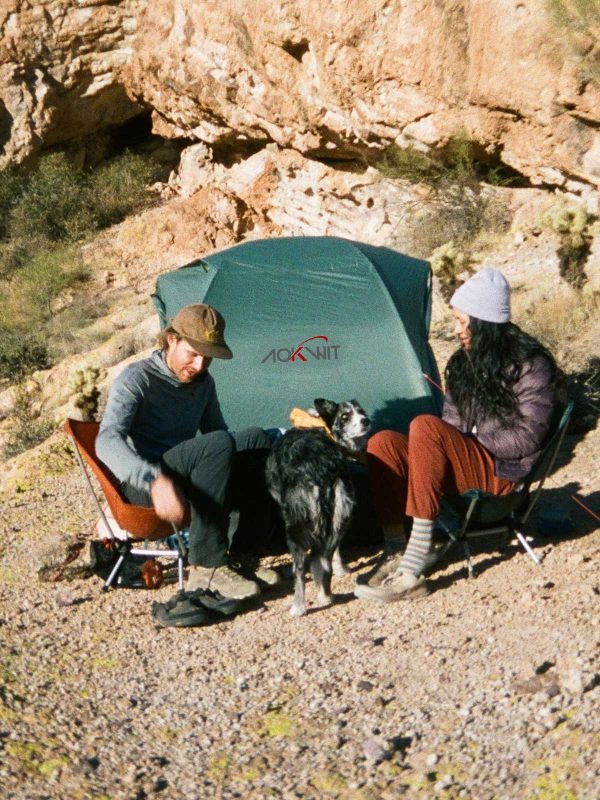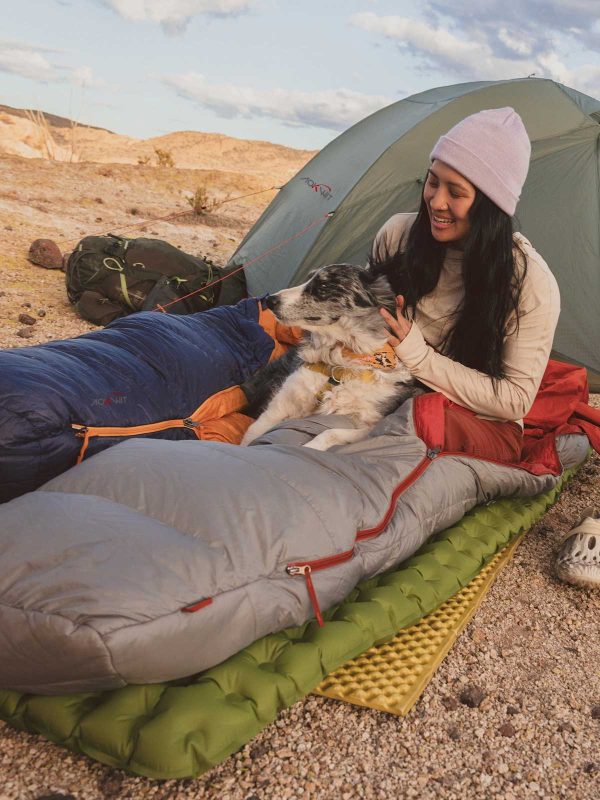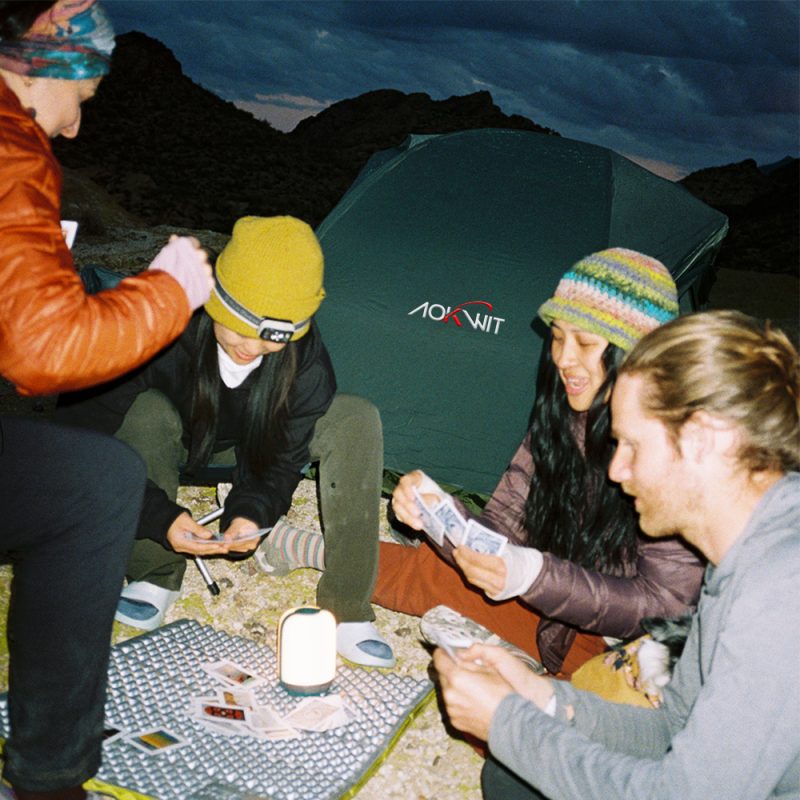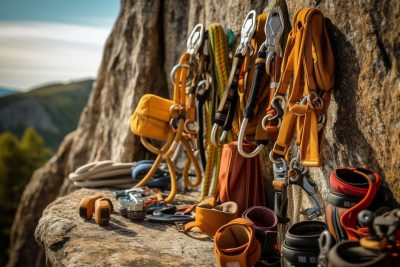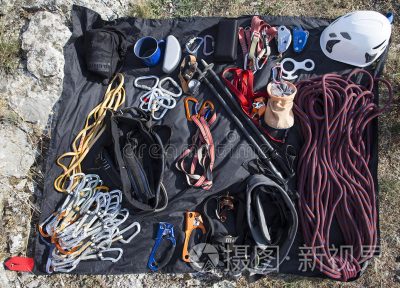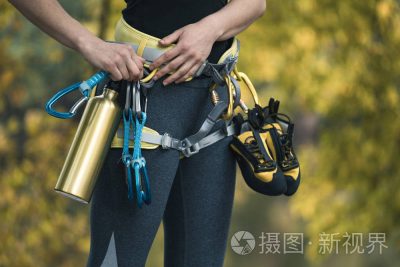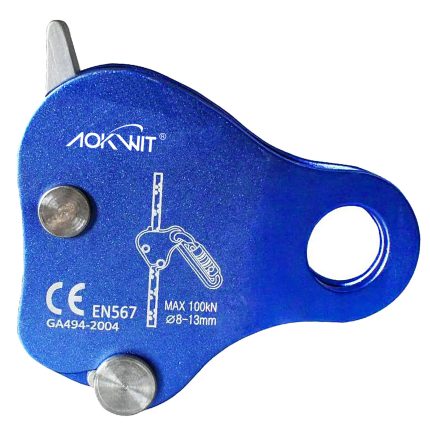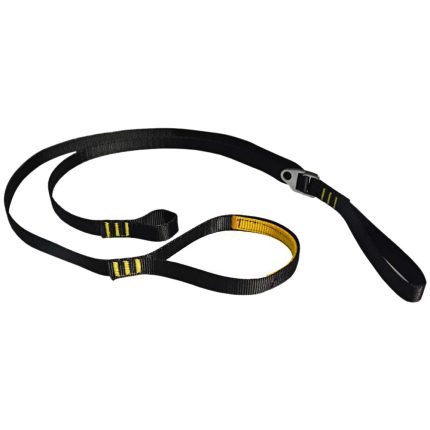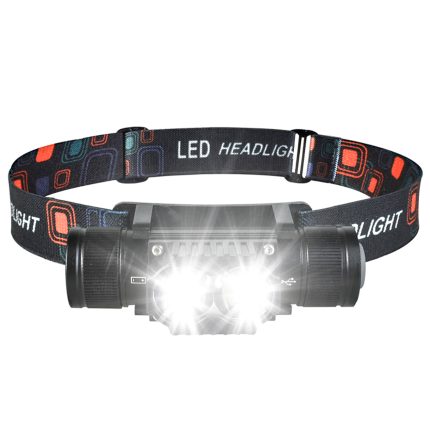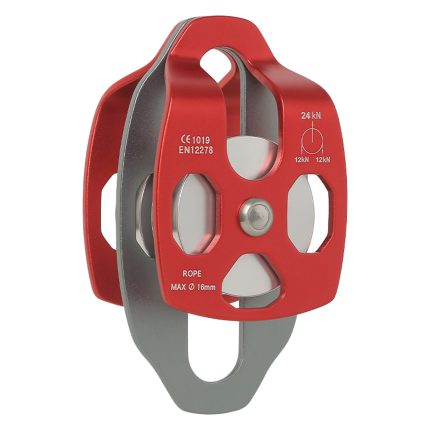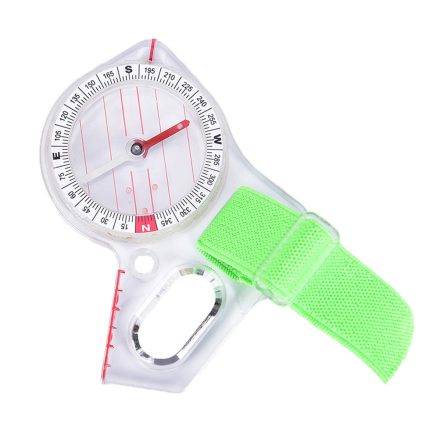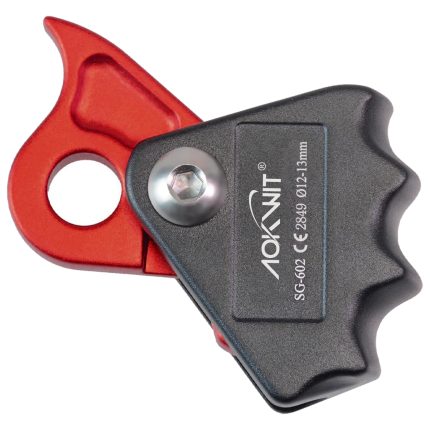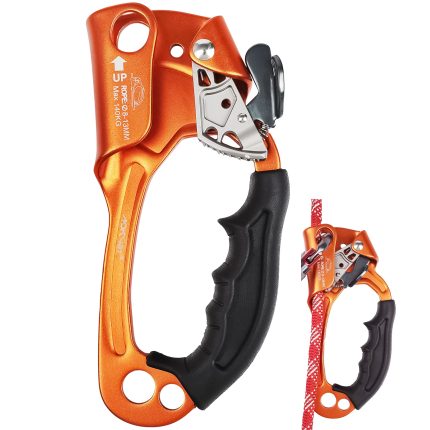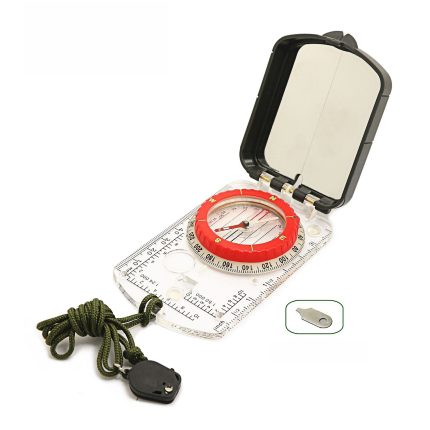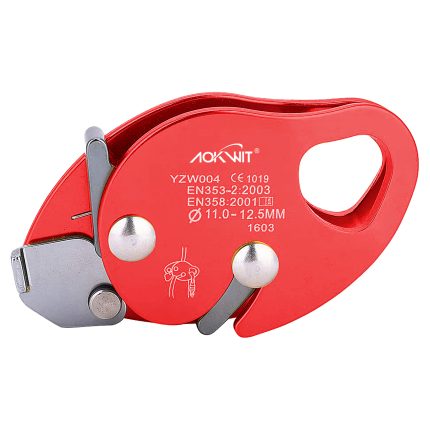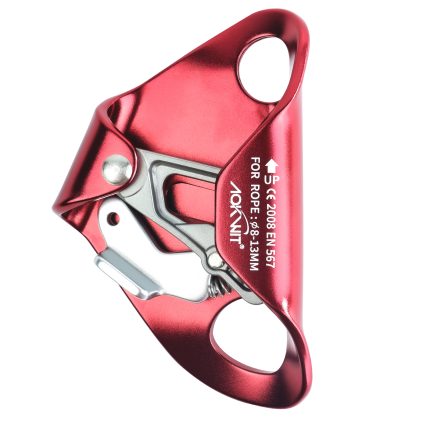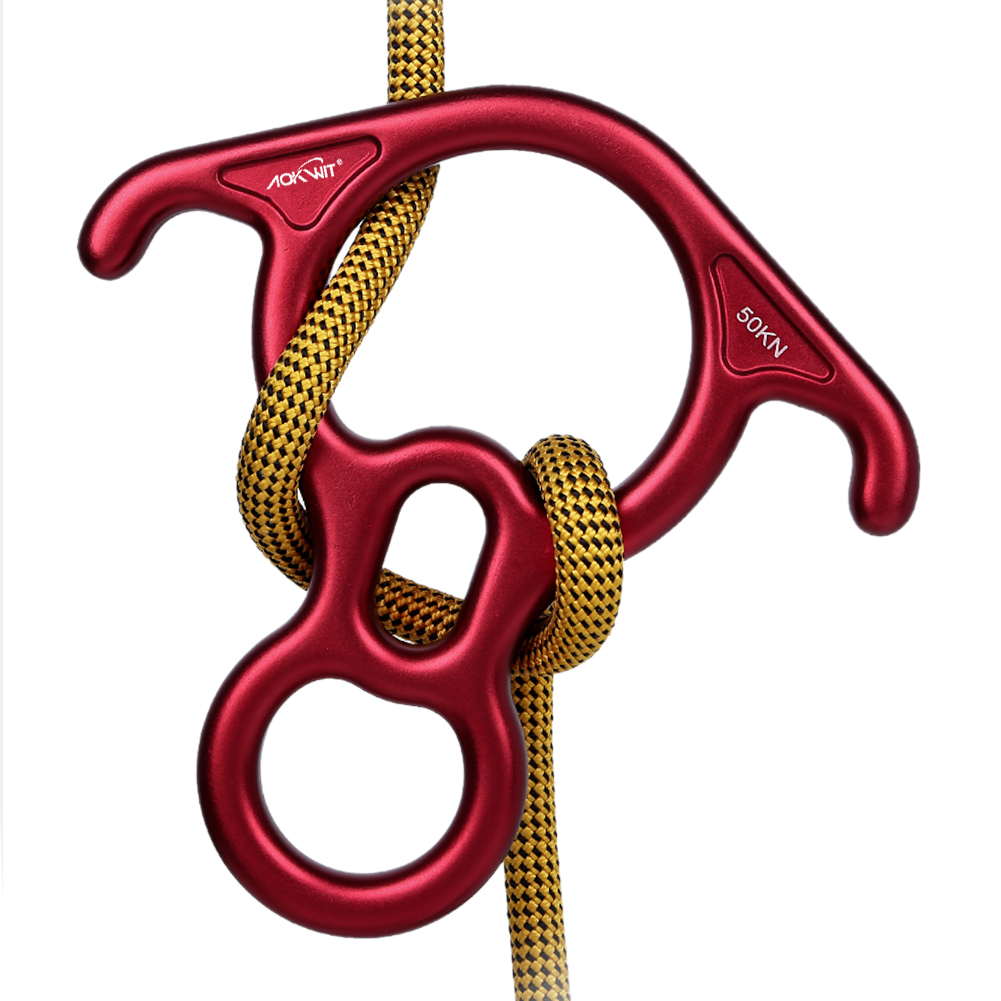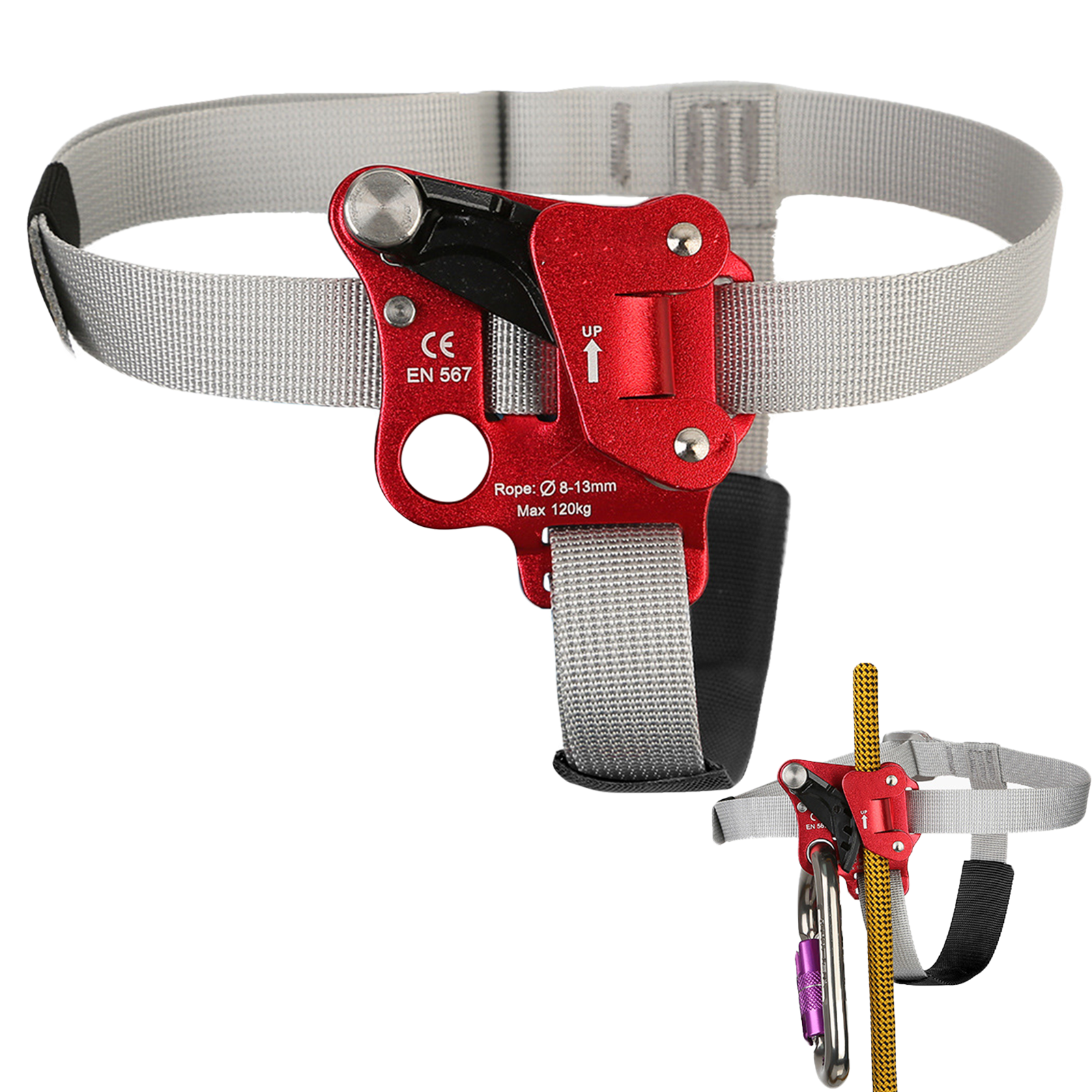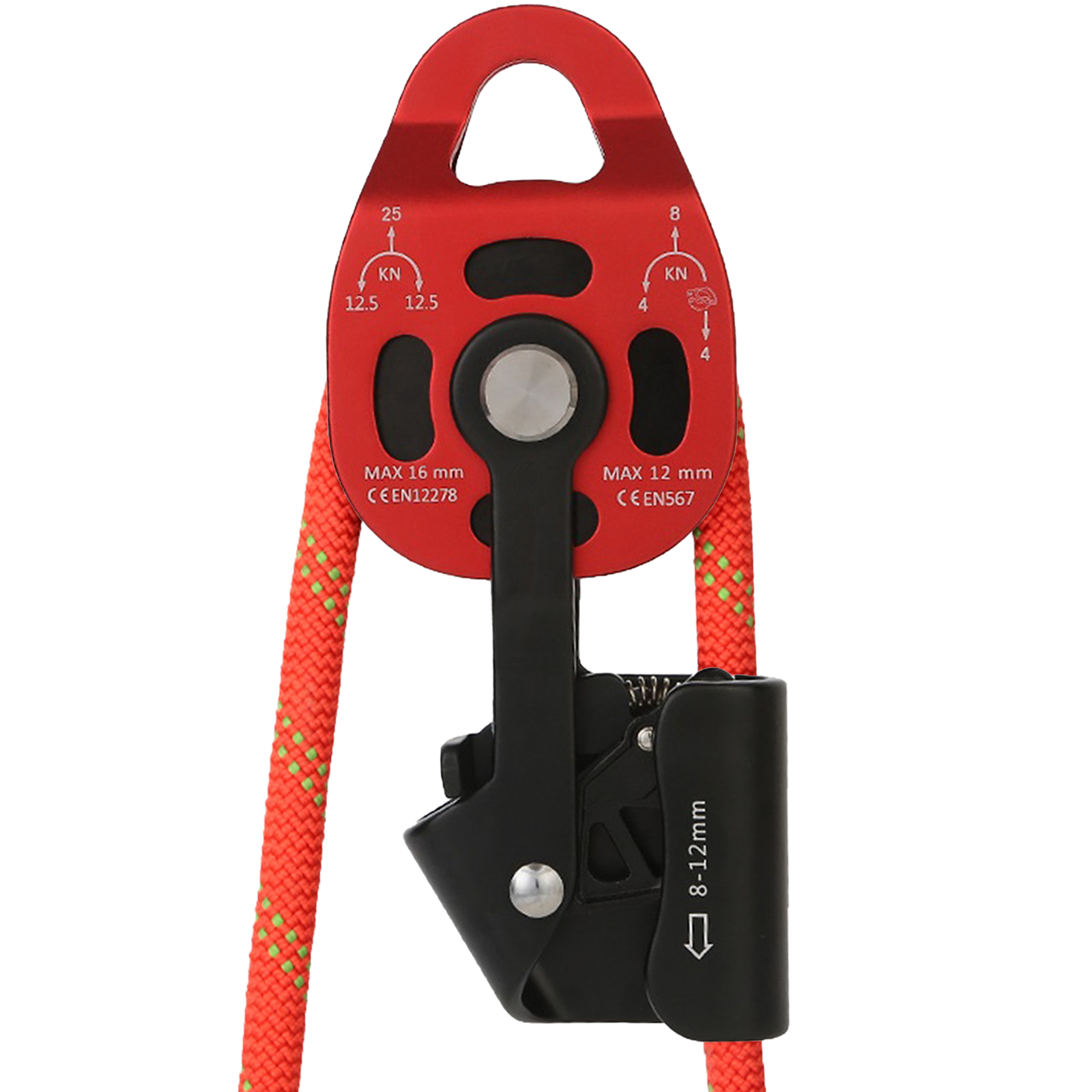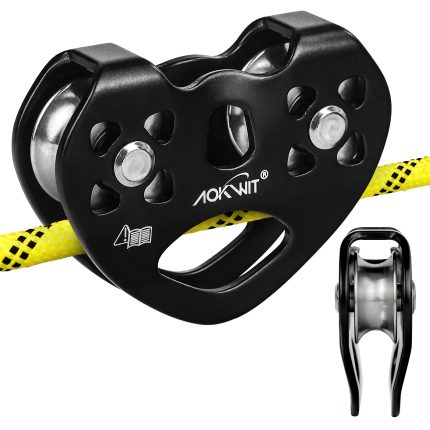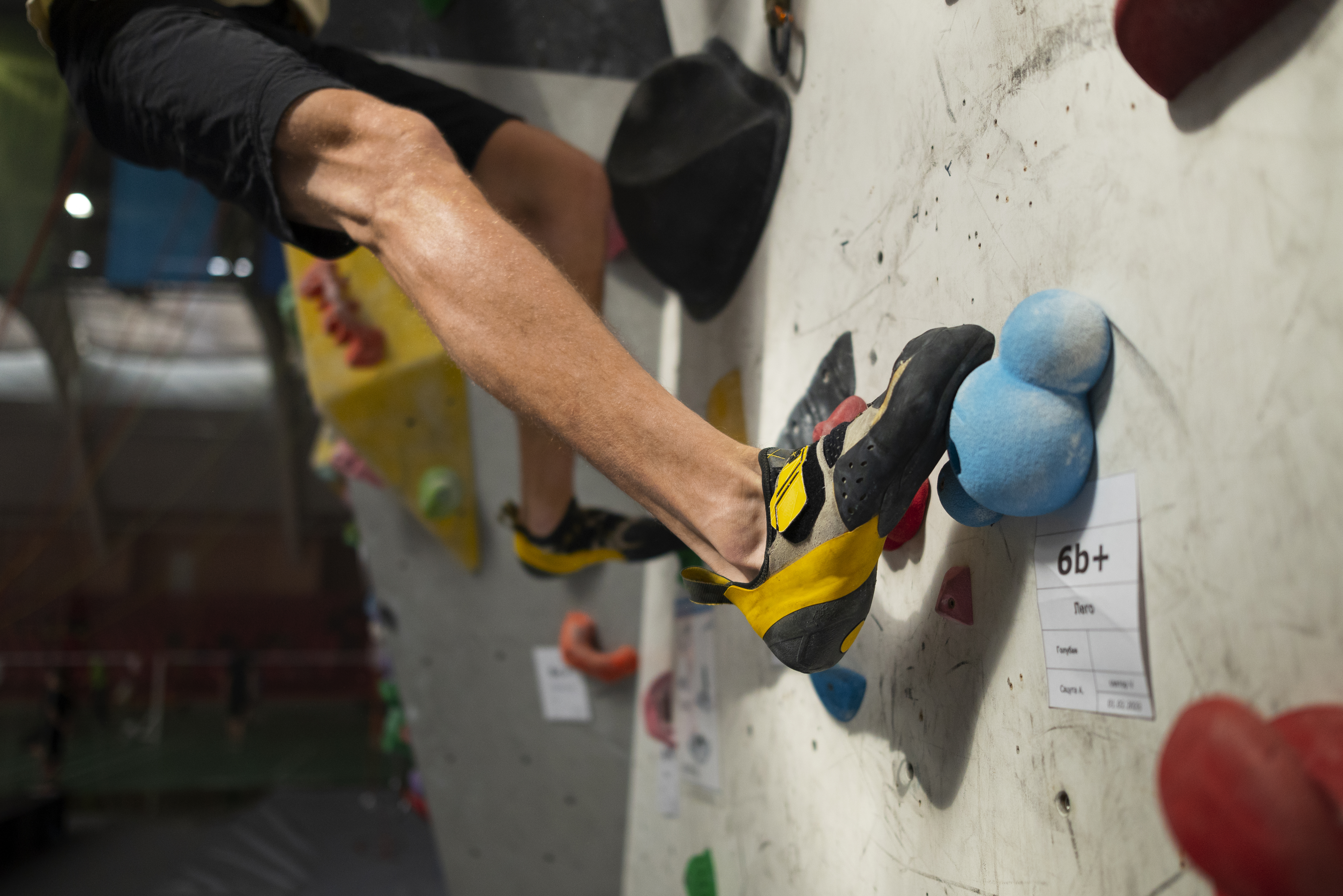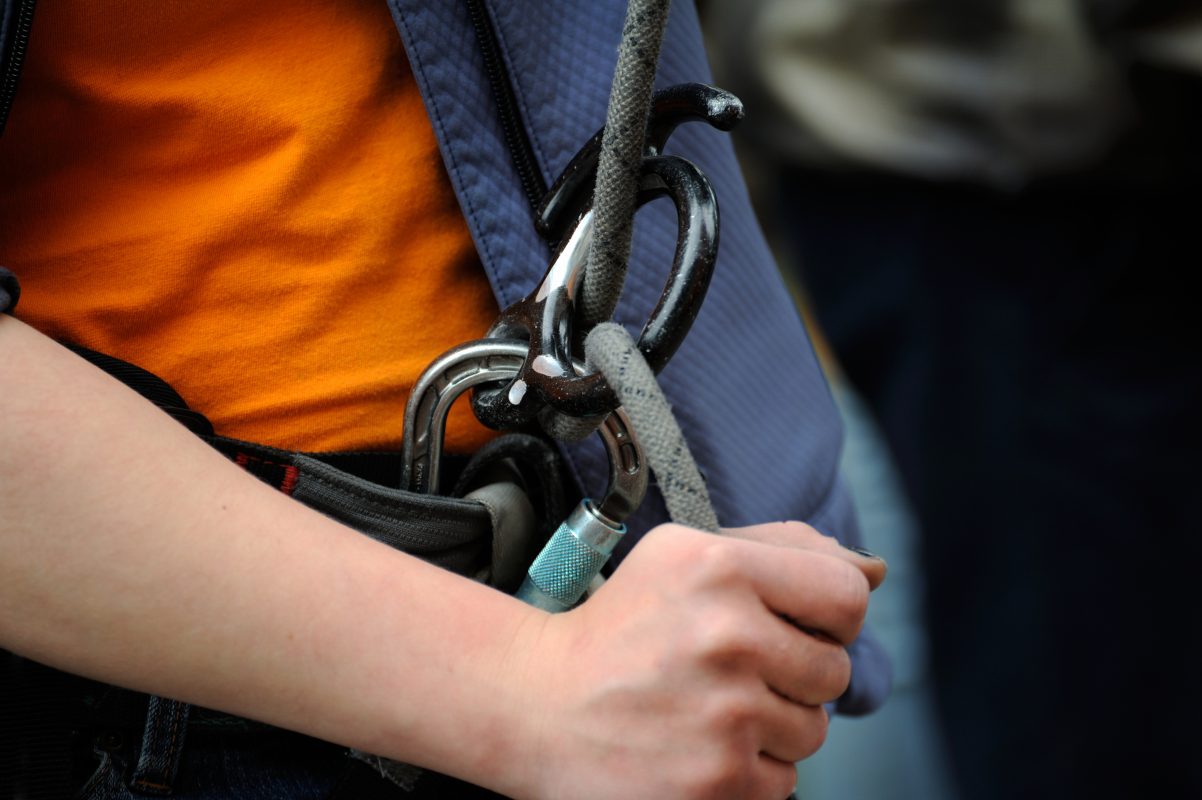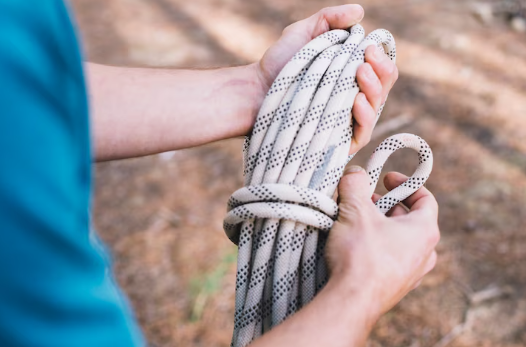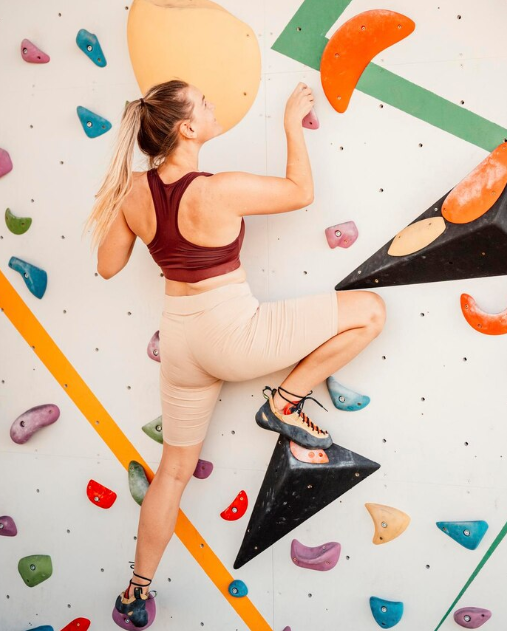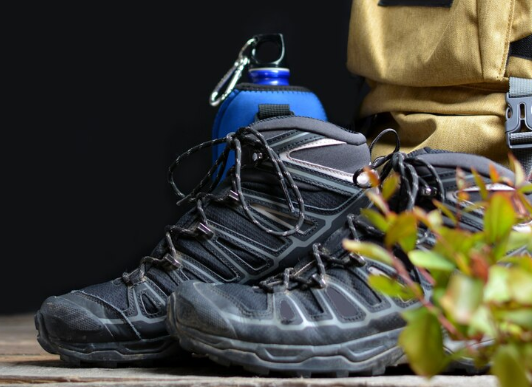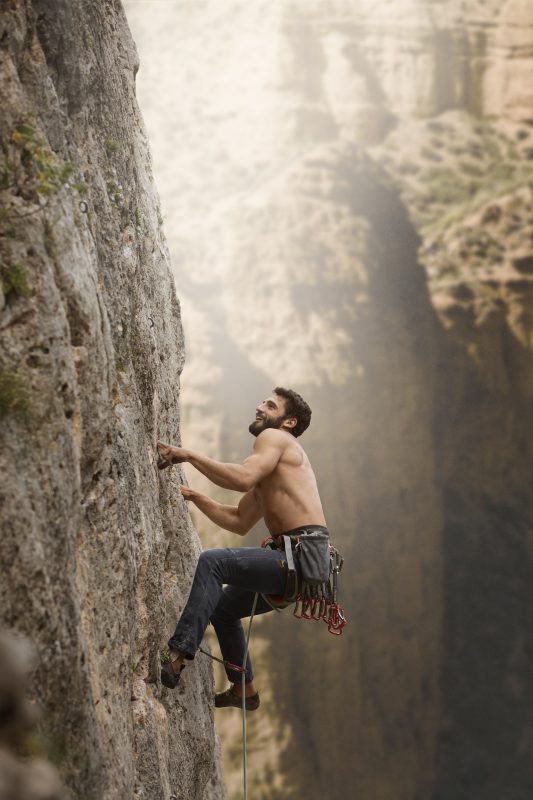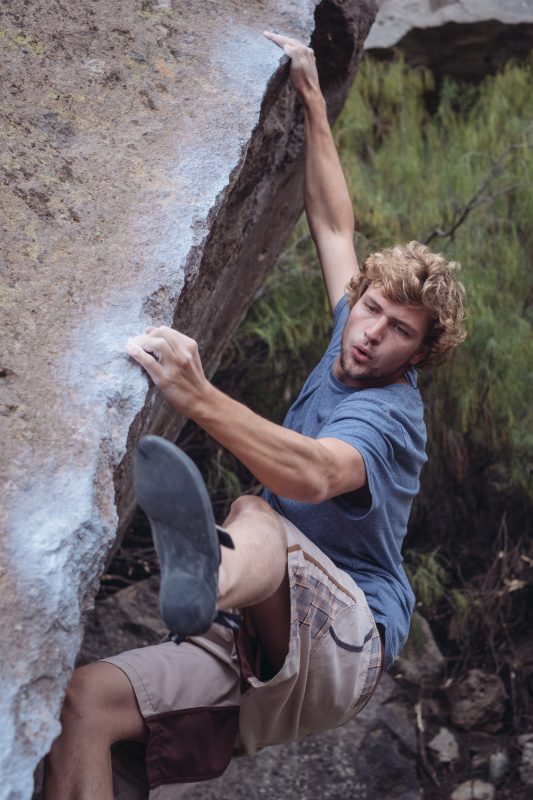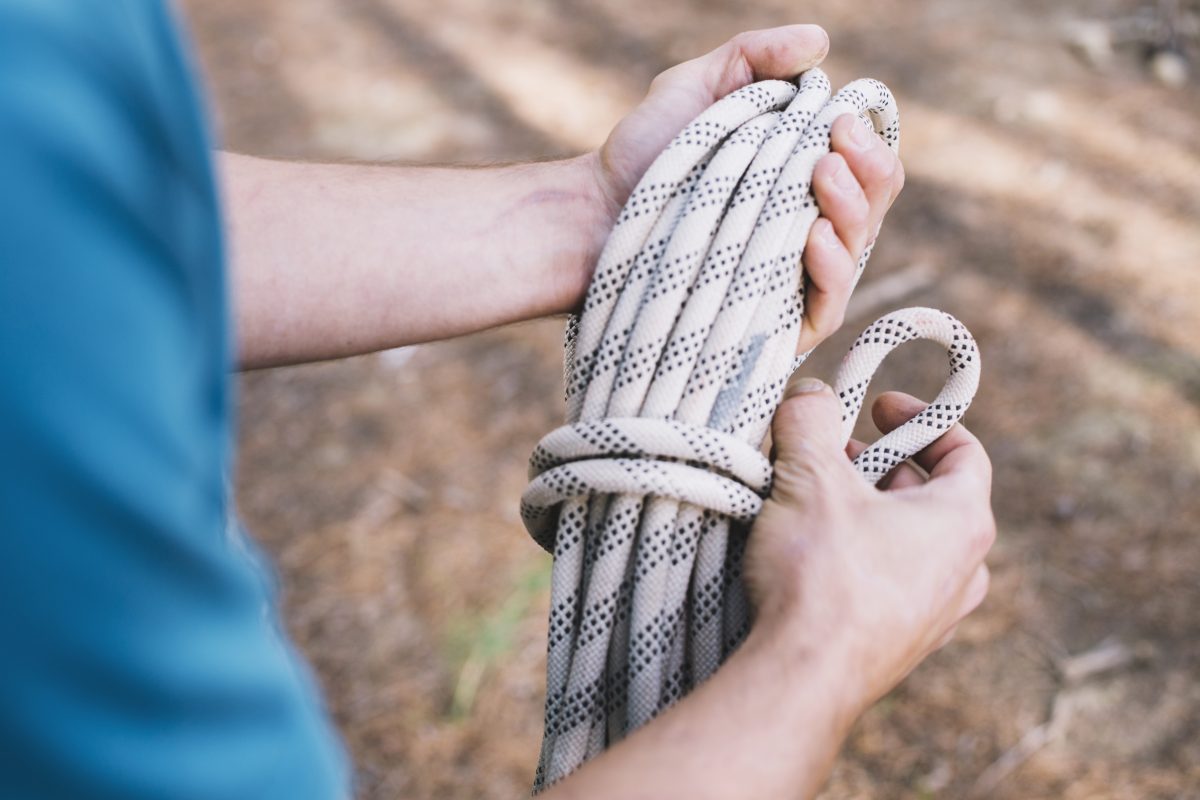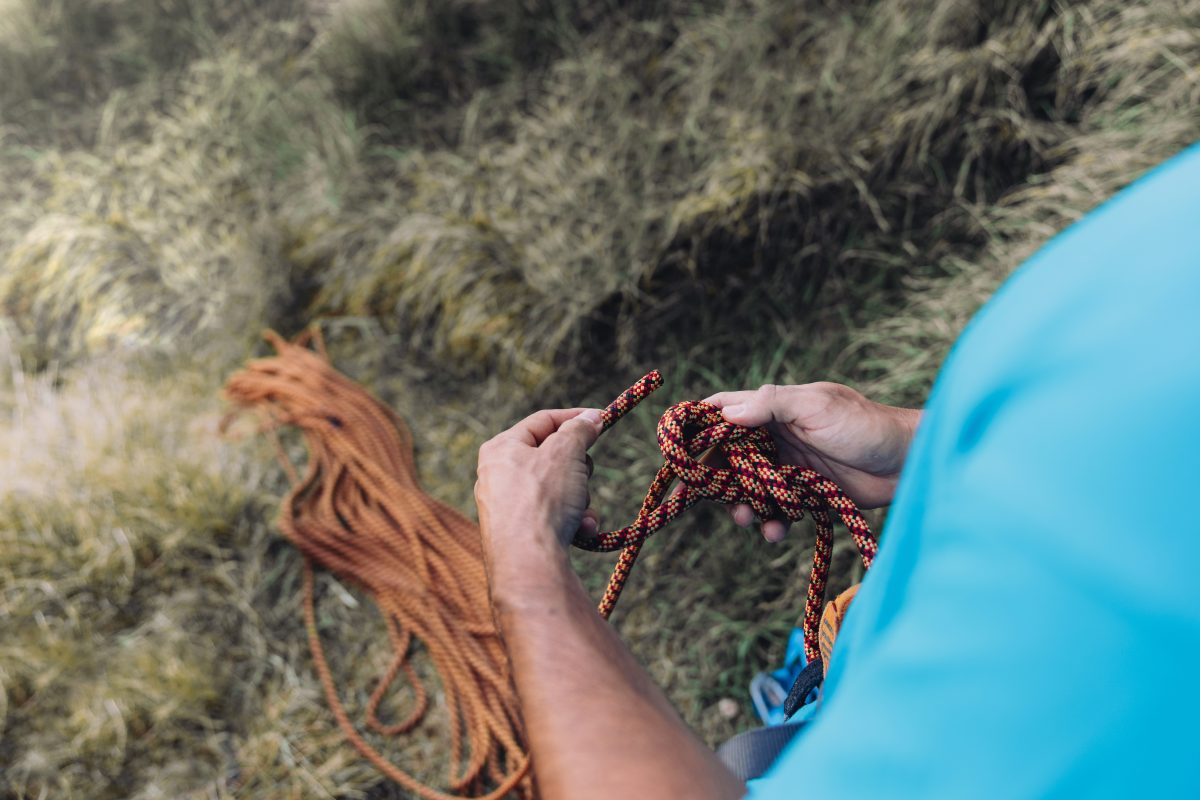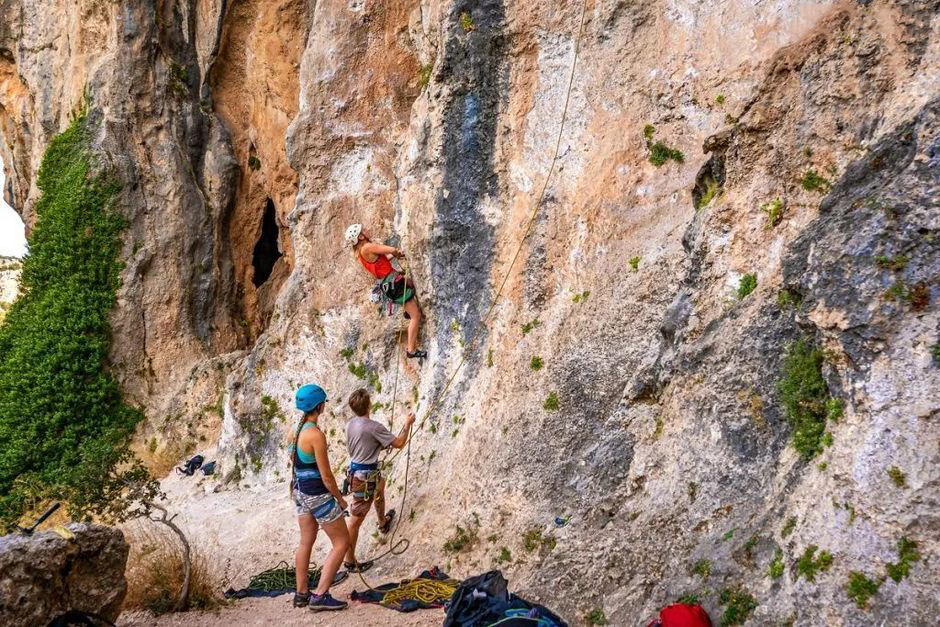What are the tips for choosing outdoor clothing?
Clothing carried for outdoor activities must perform two primary functions:
- First, they should protect you from harsh weather conditions such as rain, snow, and strong winds;
- Second, they should keep you as comfortable as possible during different activities in various climates.
The best choice for outdoor clothing is to build a clothing “system” composed of multiple layers, allowing you to adapt to different activities and environments by wearing different combinations.
- Layering
Layering means wearing several lightweight garments instead of just one or two thick layers.
For outdoor activities, a layered clothing “system” is more flexible (you can add or remove a layer when the climate changes) and more efficient (multiple layers can trap more air around your body, making you feel warmer than a single layer while taking up less space in your backpack).
II. Wicking
The innermost layer worn next to the skin should be able to absorb sweat produced during activity and transfer it to the outer layers, keeping your body comfortable. This process is called “wicking”.
The wicking function keeps your body drier and more comfortable in warm environments and helps maintain body warmth in cold environments.
In extremely cold environments, the wicking function is crucial.
If you wear underwear with poor wicking ability, it cannot transfer the sweat produced during activity.
Not only is this uncomfortable due to moisture, but once you stop moving and your body’s heat production decreases, sweat evaporation will continue to draw heat from your body, increasing the risk of frostbite.
In contrast, underwear with strong wicking ability will transfer sweat away during activity, keeping your body dry and warm.
III. Waterproof
During outdoor activities, you may encounter various weather conditions, and walking in the rain while wearing wet clothes is extremely frustrating.
Waterproofing is a basic requirement for outdoor clothing “systems” and is crucial for maintaining body temperature and comfort.
IV. Breathability
During outdoor activities, when the temperature rises or activity levels increase, you want sweat and heat to escape. This ability of clothing is called “breathability”.
Breathability is closely related to the fabric and design of the clothing.
In cold weather, breathable clothing allows sweat generated during activity to escape, while poorly breathable clothing may cause sweat to condense inside, leading to water accumulation.
